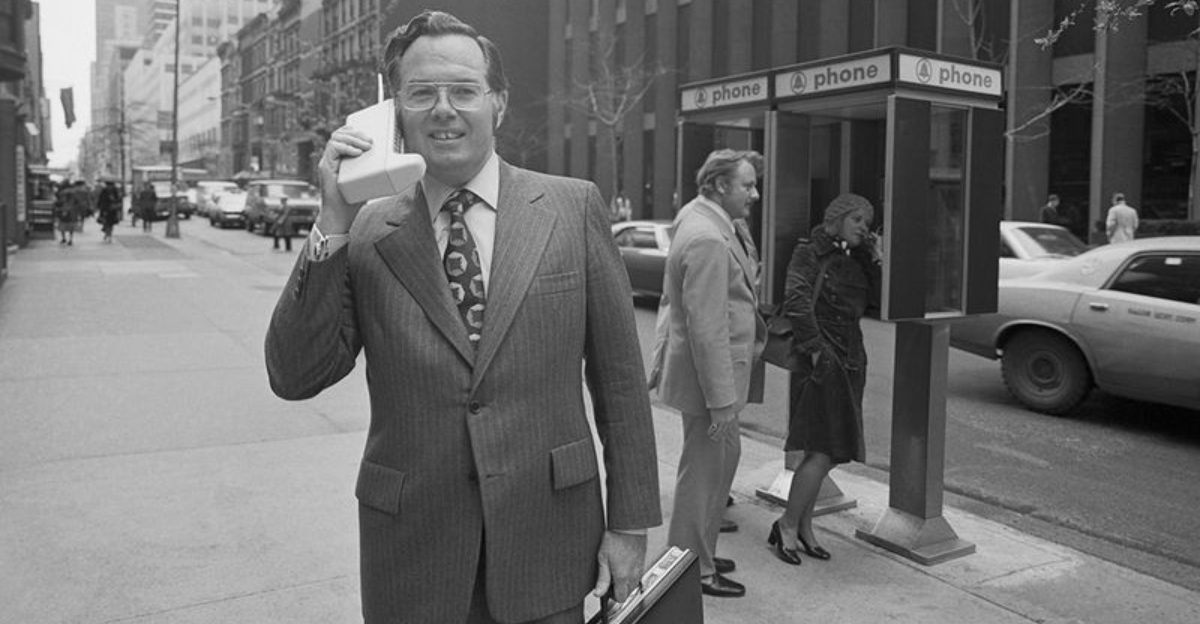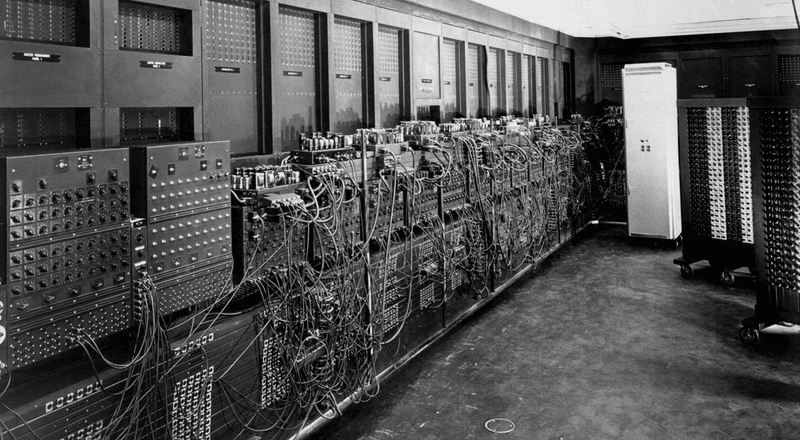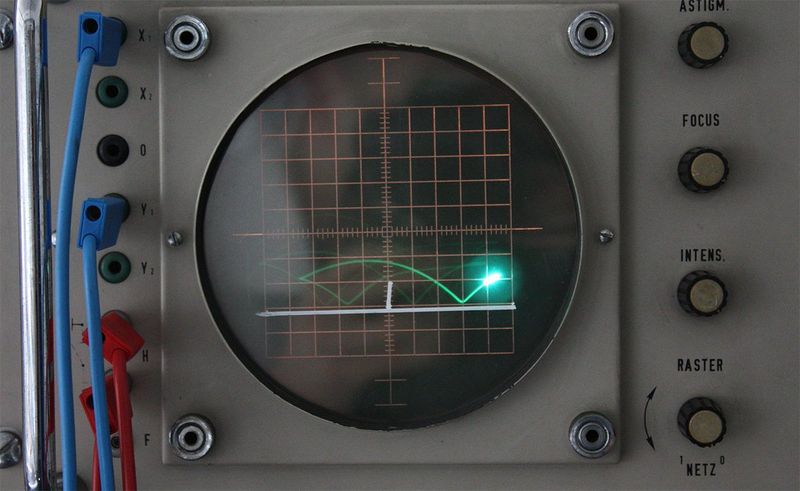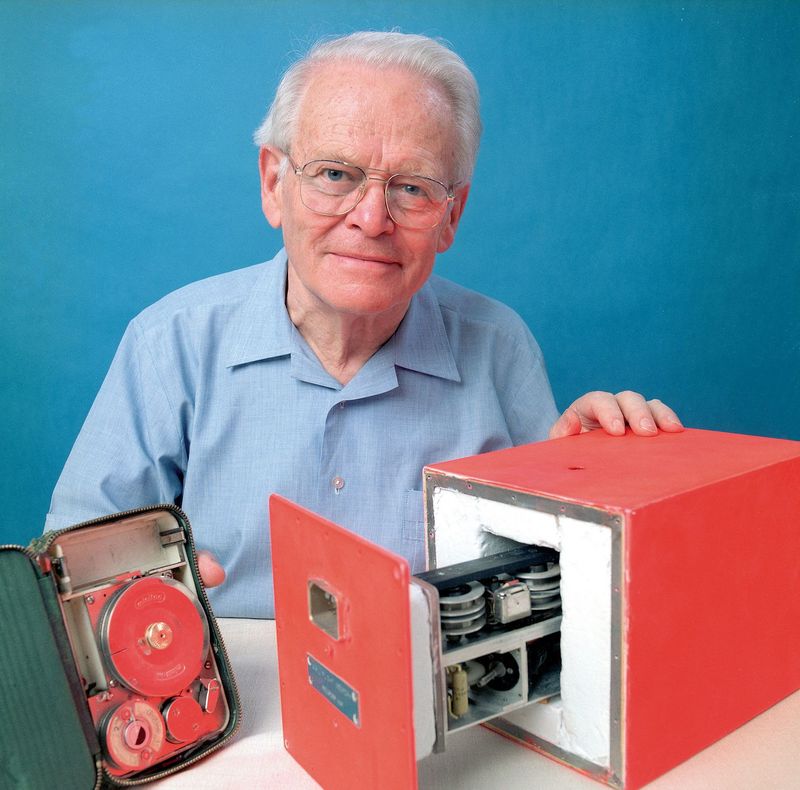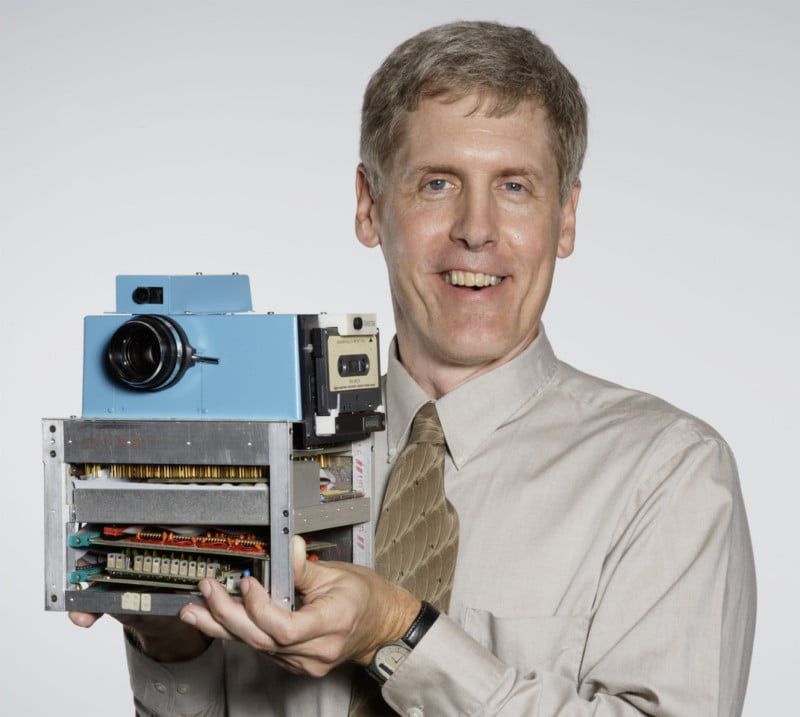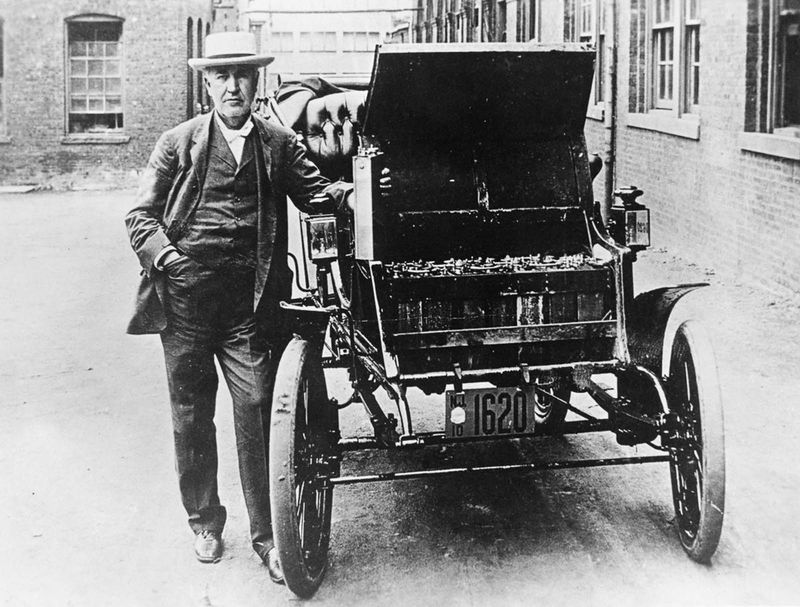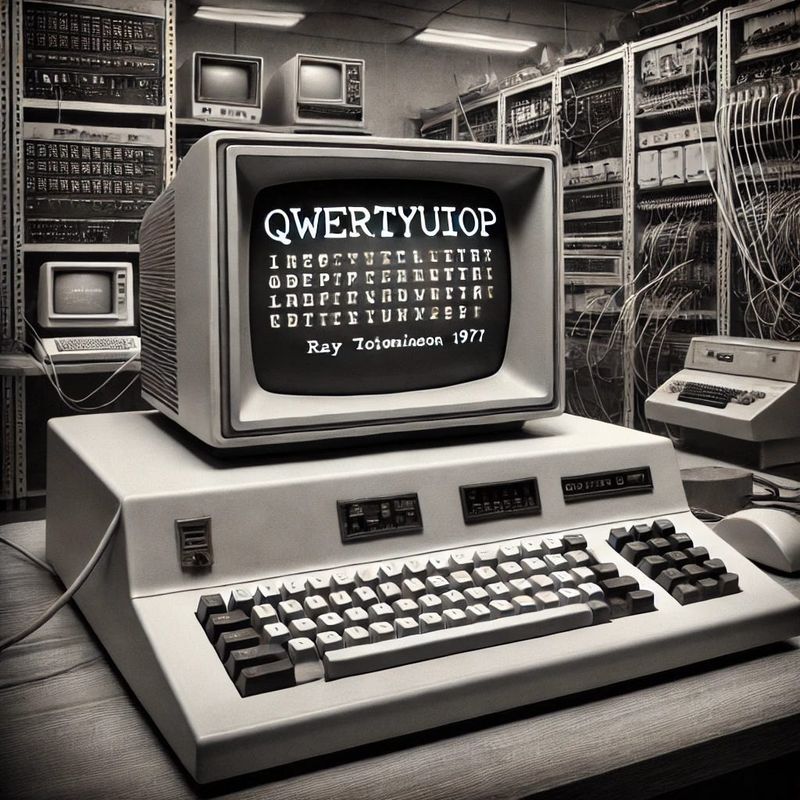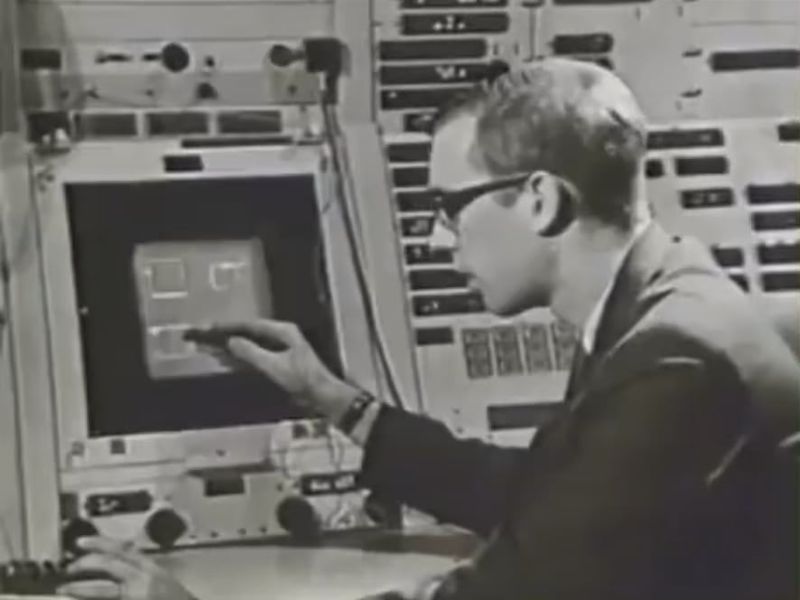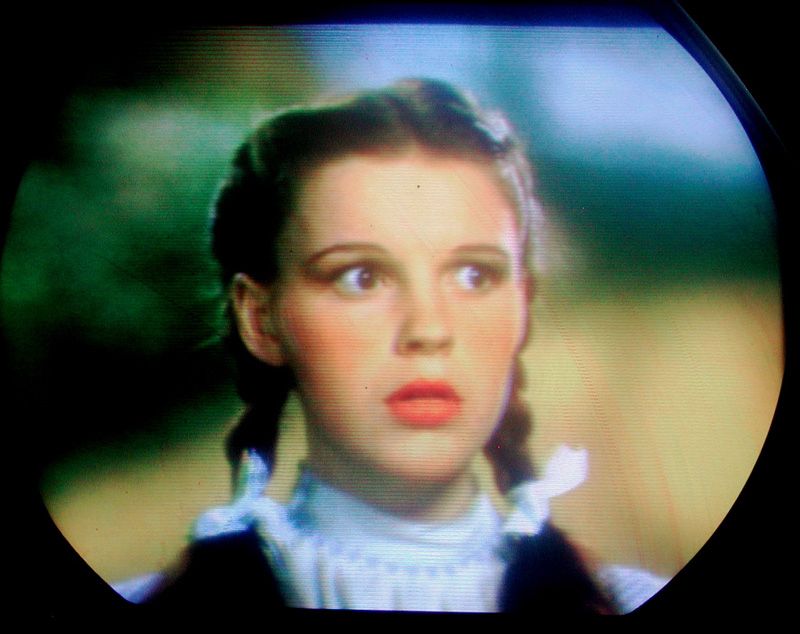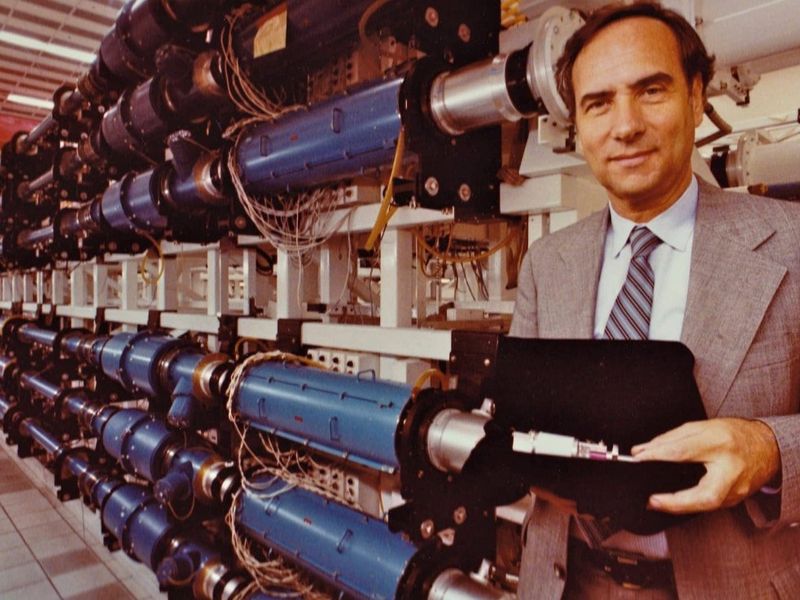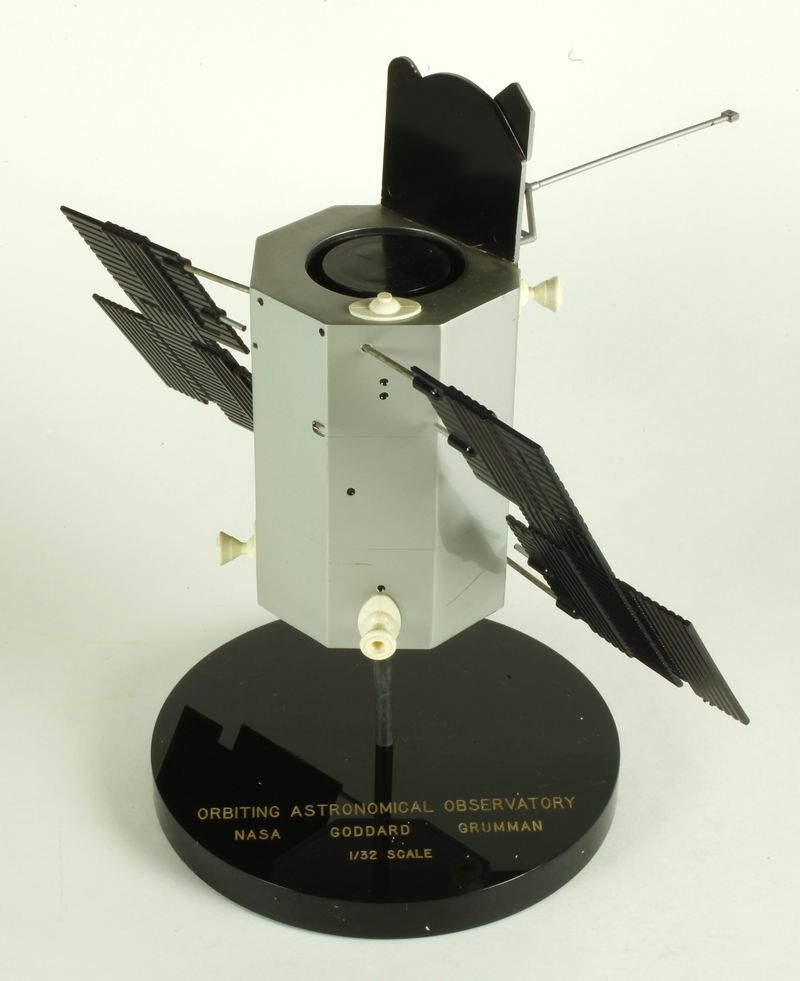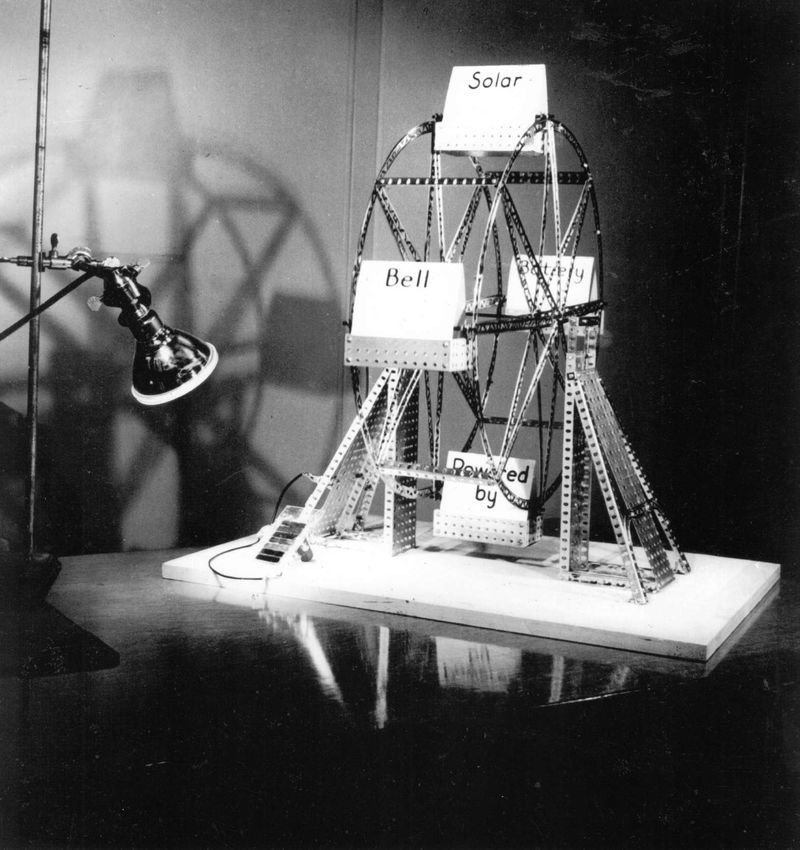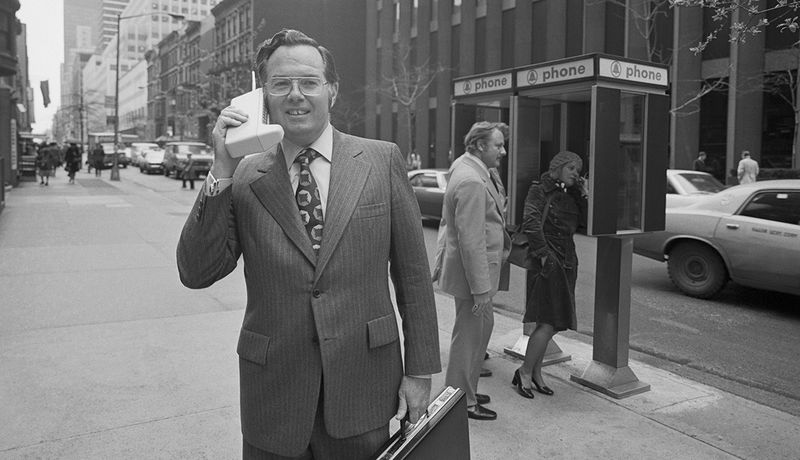America is often credited with bold inventions—but many truly groundbreaking innovations were quietly overshadowed, forgotten, or claimed by others. These 13 U.S.-born ideas came first, changed the world, and yet rarely get the recognition they deserve. Let’s set the record straight.
1. The First Computer (ENIAC, 1945)
Before Silicon Valley, there was Philadelphia. The ENIAC (Electronic Numerical Integrator and Computer) was the world’s first programmable, electronic, general-purpose computer. Built by American engineers John Mauchly and J. Presper Eckert, it was a marvel of its time, consisting of numerous switches and lights.
This colossal machine, taking up an entire room, launched the digital revolution. Yet, outside of academic circles, it rarely gets the credit it deserves. Today, we carry more computing power in our pockets, but ENIAC laid the foundational stones for modern computing.
2. The First Video Game (Cathode Ray Tube Amusement Device, 1947)
Everyone thinks of Pong or Atari—but an American invention called the Cathode Ray Tube Amusement Device predates them all. It used analog circuitry and a screen to simulate missile trajectories—two decades before “gaming” was a recognized term.
This device marked the embryonic stage of video gaming, igniting a journey that would evolve into a multi-billion dollar industry. Though it’s a mere footnote in history now, its significance to gaming culture is undeniable. It quietly set the stage for all interactive entertainment to come.
3. The First Flight Data Recorder (“Black Box,” 1940s)
While often associated with aviation safety globally, the first “black box” concept was created by American engineers during WWII. This rudimentary device logged flight instrument readings and was crucial for understanding flight dynamics.
It was an innovation that paved the way for modern aviation safety measures. Although Australia’s commercial version became famous later, this original concept was a cornerstone for ensuring safer skies. Its inception is a testament to American ingenuity during wartime.
4. The First Digital Camera (1975)
In 1975, Kodak engineer Steve Sasson created the world’s first digital camera, a bulky contraption that captured black-and-white images. At the time, it was revolutionary, converting light into digital data.
Ironically, Kodak shelved this innovation to protect its film business. This decision, aiming to preserve film’s dominance, inadvertently paved the way for digital photography’s rise decades later. It was a bold step into the future, but one that remained in the shadows until digital became the norm.
5. The First Electric Car (1890s)
Long before Tesla, American inventor William Morrison built an electric vehicle in the 1890s that could carry six passengers. It resembled a horse-drawn carriage but was powered by rechargeable batteries.
Despite its potential, it was quickly sidelined by the burgeoning gasoline-powered automobiles industry. Morrison’s creation was a glimpse into a future where electric power would challenge conventional fuel. Although it didn’t catch on immediately, it laid the groundwork for the resurgence of electric vehicles in the modern era.
6. The First Email (1971)
In 1971, computer programmer Ray Tomlinson sent the first true email—between two ARPANET-connected machines in the U.S. This pioneering act even introduced the use of the @ symbol in email addresses.
Tomlinson’s innovation was a groundbreaking step in digital communication, fundamentally altering how we connect. Yet, despite its significance, few outside the tech world remember his name. His work set the stage for the global communication network we rely on today, reshaping personal and professional interactions worldwide.
7. The First 3D Graphics (Sketchpad, 1963)
Decades before Pixar, American engineer Ivan Sutherland developed Sketchpad, the first graphical user interface and forerunner to 3D modeling. It allowed users to interact with the computer graphically, a novel idea at the time.
This innovation revolutionized design, CAD, and animation, laying the groundwork for the immersive digital experiences we enjoy today. Although the credit often goes to later commercial studios, Sutherland’s work was pivotal in shaping modern computing interfaces and digital artistry.
8. The First Automatic Doors (1931)
Way before supermarkets made them standard, American inventors Dee Horton and Lew Hewitt built the first automated sliding doors in the 1930s for a hotel in Texas. Utilizing motion-sensor technology, their invention was decades ahead of its time.
This innovation transformed how we interact with public spaces, making accessibility easier for all. Their work laid the foundation for a now-common feature in commercial architecture, demonstrating a blend of creativity and practicality in engineering.
9. The First Color Television (1940)
American engineers at CBS broadcast the first color television signal in 1940, a vibrant leap forward in media technology. Despite the breakthrough, wartime restrictions and later international tech competition obscured this U.S. milestone.
This innovation promised to enhance viewing experiences, immersing audiences in a new dimension of entertainment. However, its true impact was delayed, as monochrome remained the norm. The legacy of this colorful advancement lives on in today’s high-definition displays, but its origins remain an underappreciated chapter in media history.
10. The First Laser (1960)
Although multiple countries contributed to laser development, the first successful working laser was built by Theodore Maiman at Hughes Research Laboratories in California in 1960. Described as “a solution looking for a problem,” this innovation sparked new industries.
From medicine to communications, Maiman’s laser paved the way for countless applications. Despite its transformative impact, his name rarely appears in pop culture. Yet, the laser’s precision and versatility have made it an indispensable tool in various fields, still evolving in its uses today.
11. The First Space Telescope (Orbiting Astronomical Observatory, 1966)
Everyone knows the Hubble Space Telescope, but America’s OAO-2, launched in 1968, was the first to send back ultraviolet data from space. This pioneering orbital device offered glimpses of the cosmos never seen before.
It was a prototype that made deep-space photography possible, setting the stage for future exploration. Although overshadowed by the Hubble, the OAO-2’s contributions were monumental, pushing the boundaries of scientific discovery and enhancing our understanding of the universe.
12. The First Solar Cell (1954)
Engineers at Bell Labs in the U.S. created the first modern solar cell in 1954, capable of turning sunlight into usable electricity. Shown at a press conference, it powered a toy Ferris wheel, symbolizing sustainable energy’s potential.
Despite this innovation, big oil overshadowed its promise. The solar cell laid the groundwork for renewable energy technologies, though its initial impact was muted. Today, as solar power gains traction worldwide, this early innovation is seen as a visionary step towards a sustainable future.
13. The First Mobile Phone (1973)
In 1973, Martin Cooper at Motorola made the first handheld cellular phone call in New York City, a moment that rewired the future. This bulky prototype was the dawn of mobile communication.
Though it took 10 years to go commercial, the impact was profound, altering how society communicated. Cooper’s call was a glimpse into an interconnected future. As smartphones now dominate, the humble beginnings of that first call remind us of the rapid evolution of technology and connectivity.
